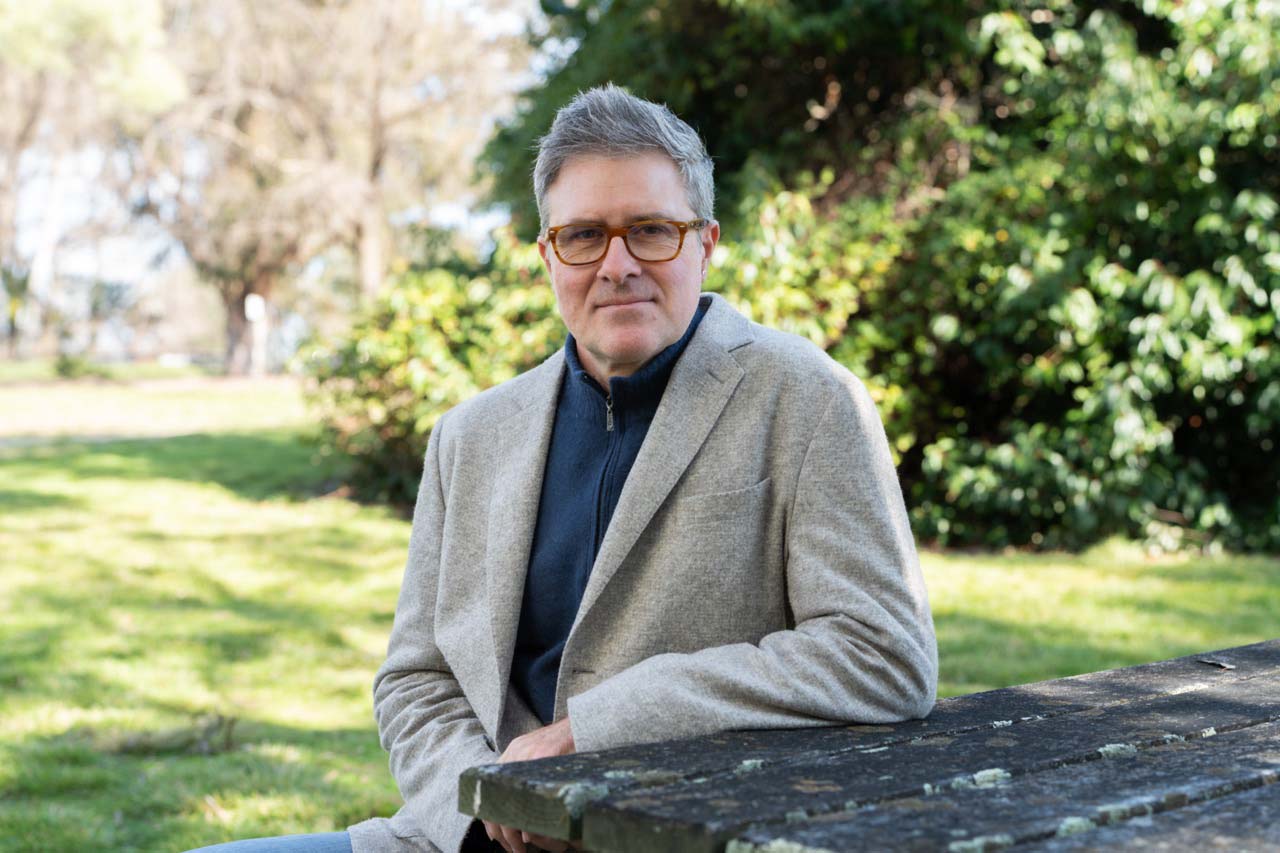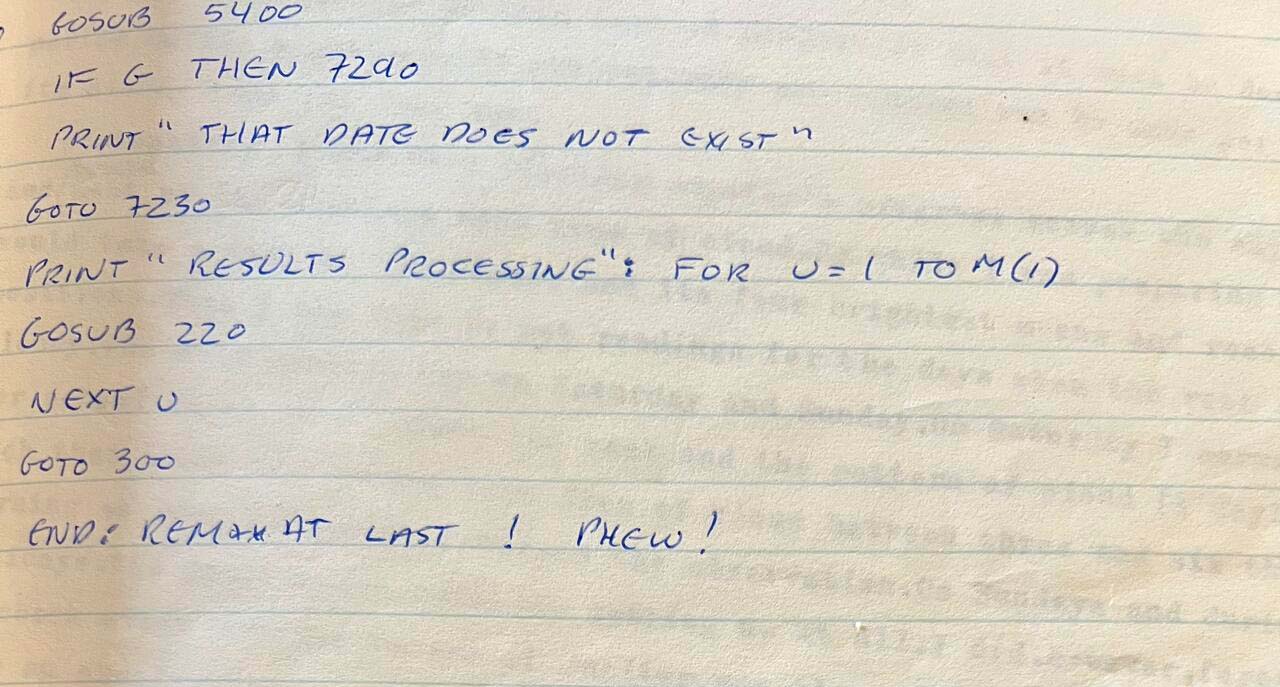The scientist cracking the code of Earth’s evolution

Professor Louis Moresi still has the piece of paper bearing his first handwritten computer code.
Created for a high school astronomy class, the code was part of an early attempt to combine computing and observational science.
“I used the code to plot out the positions of the Galilean moons of Jupiter for a school project,” Moresi says. “I had to observe them every night for months, carefully plotting their orbits. The code was nothing clever really, but it was a lot of effort to create and manage the tiny dots on my Nascom 2 computer.”
That same computer, which once gave him a “pretty severe” electric shock, is stored at his mum’s place in the United Kingdom, where his family kept everything he ever did at school. While it was too big to bring over to Australia when he moved here more than 25 years ago, that first bit of code was much more portable.
For Moresi, who was recently elected as a 2023 Fellow of the Australian Academy of Science, that fragment of coding from his school days is a reminder of how far he’s come.

“I started writing code early on, but I never imagined I’d be doing it at this point in my career,” Moresi says.
“I kind of rebelled against computers for a while, as it felt separate from ‘real’ science, but through my PhD I came to see it as a useful tool. It’s a real discipline and if you have a knack for it, that’s where you go. I kept going back to it, as I love the puzzle-solving challenge of figuring things out.”
While his first scientific endeavour involved charting the moons of Jupiter, Moresi, now studies the geological evolution of the Earth as a professor at the Research School of Earth Sciences at The Australian National University (ANU).
“I may not have become an astronomer, but my work is still planetary and I feel I’ve come back to what I’ve always been interested in,” he says.
One of the major questions in the field of planetary science is what makes plate tectonics tick.
“With the climate changing, Earth science is becoming a more practical topic,” Moresi says. “We need a good understanding of why things work the way they do in order to model how the planet will change in the future. Where we are now is an important reference point.”
As an expert in planetary-scale geodynamics, Moresi has created innovative computer codes to help researchers understand tectonic plates and how heat and materials move within the Earth’s lithosphere and mantle.
This software simulates the long term-evolution of the Earth over billions of years. Because scientists have only been collecting data for the last half a century, the software uses physics equations to look back into the past.
“Unlike weather forecasting or climate science, where you can predict short-term changes from a few months or years of data, our modelling needs to encompass the Earth’s entire history,” he says.
New Academy Fellow Prof @LouisMoresi FAA wants to know why Earth appears to be the only planet in our solar system with tectonic plates and how that sets it apart. The answers could help determine whether distant exoplanets may be suitable for life. pic.twitter.com/aaLfYgPoKF
— Australian Academy of Science (@Science_Academy) September 27, 2023
As a passionate advocate for open-source scientific software, Moresi has made his source codes freely available, enabling scientists from multiple fields to carry out detailed quantitative modelling and research, as a useful tool for understanding planetary evolution.
“I really believe that giving away these tools is for the public good, and I want to make sure that as many researchers as possible can access ours,” he says.
“I don’t necessarily know who’s using the software, or what they’re working on, but having it freely available drives my commitment to making science more inclusive and impactful.”
One of his software projects, Underworld, which Moresi has developed over the past 20 years, can be used in different ways to study geological phenomena.
“The same code can help us try to understand things like earthquakes, the deformation of ice, how ground water interacts with rising sea levels, or how rivers and mountains interact with each other,” he says.
“Underworld is both technical and easy to use. It’s completely scalable from some of the world’s largest computers here at ANU to running toy examples on an iPad in a classroom.”
Moresi hopes that becoming a Fellow of the Australian Academy of Science will help to raise awareness around the software and its possibilities.
“It’s a huge honour to be elected to the Academy alongside so many incredible scientists. I’m delighted and pleased because there aren’t many Academy Fellowships in Earth sciences, so this is also good news for the discipline,” he says.
This article was first published by ANU Reporter.



